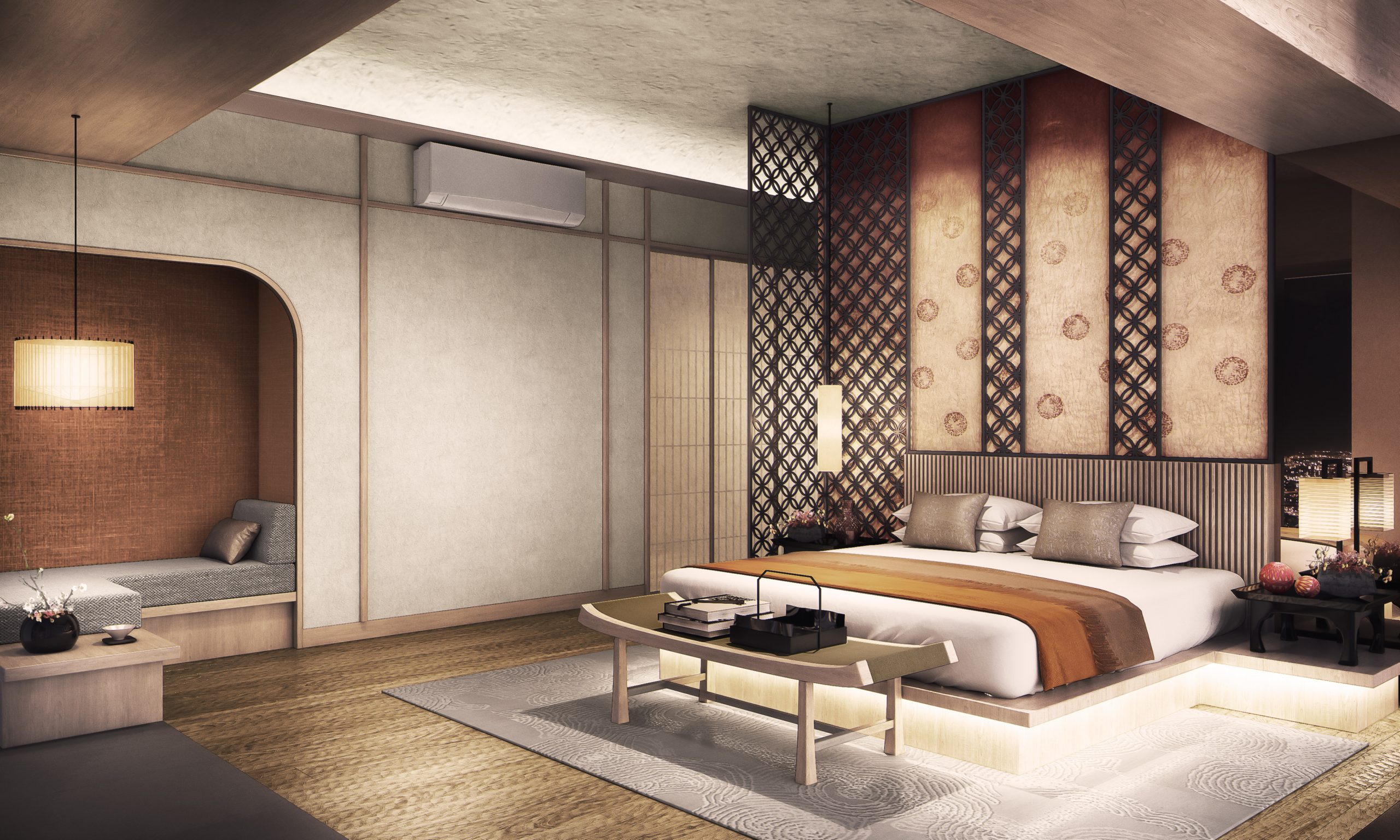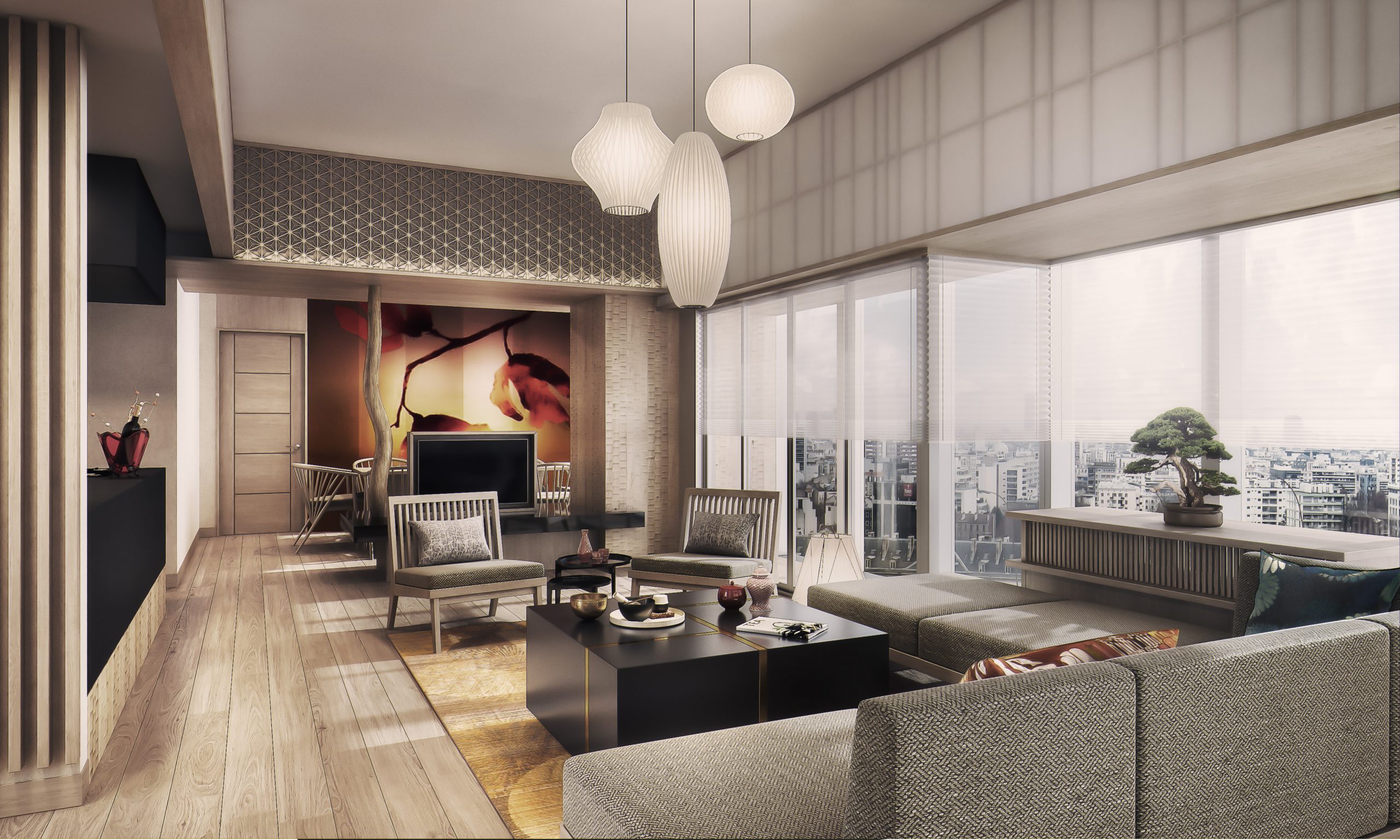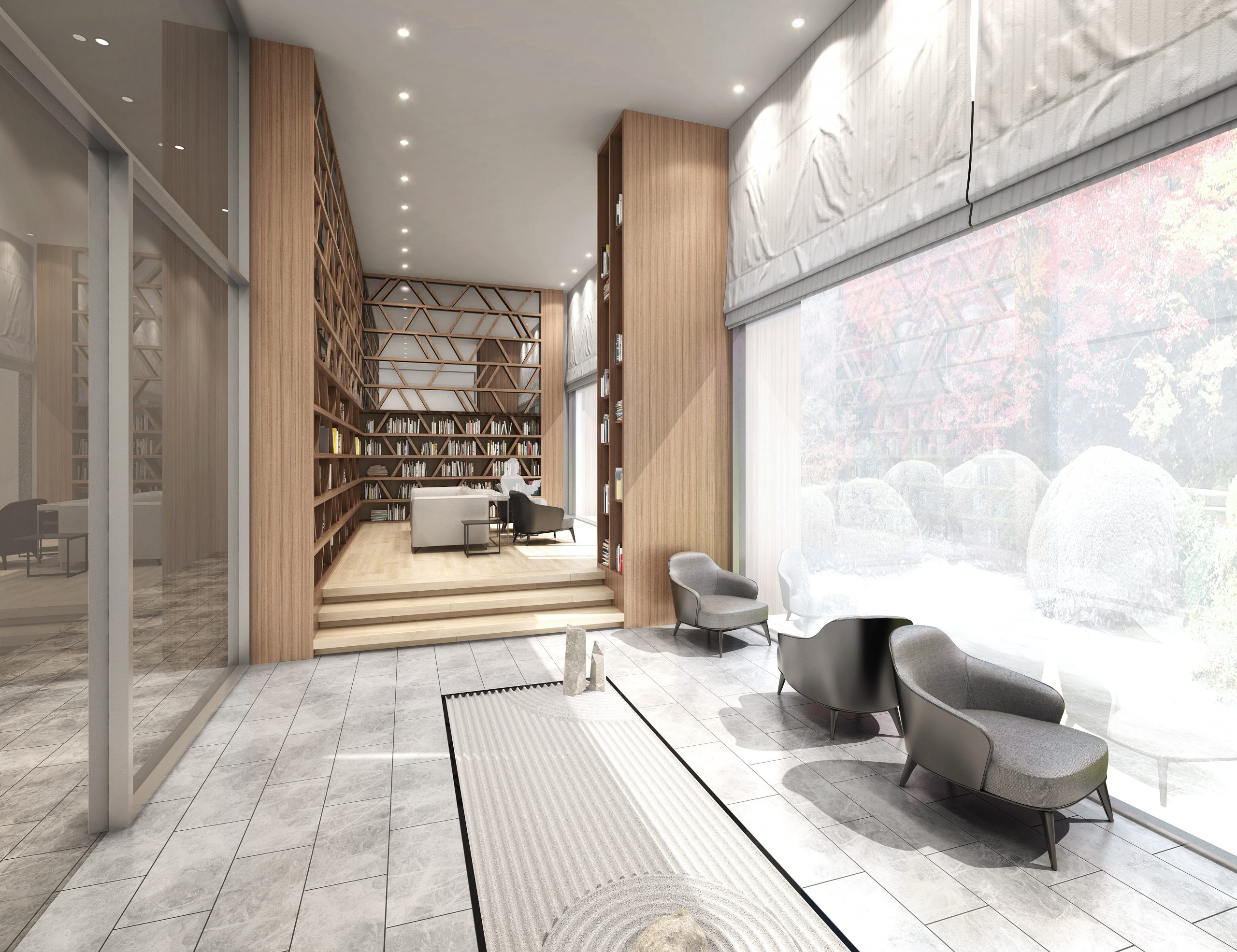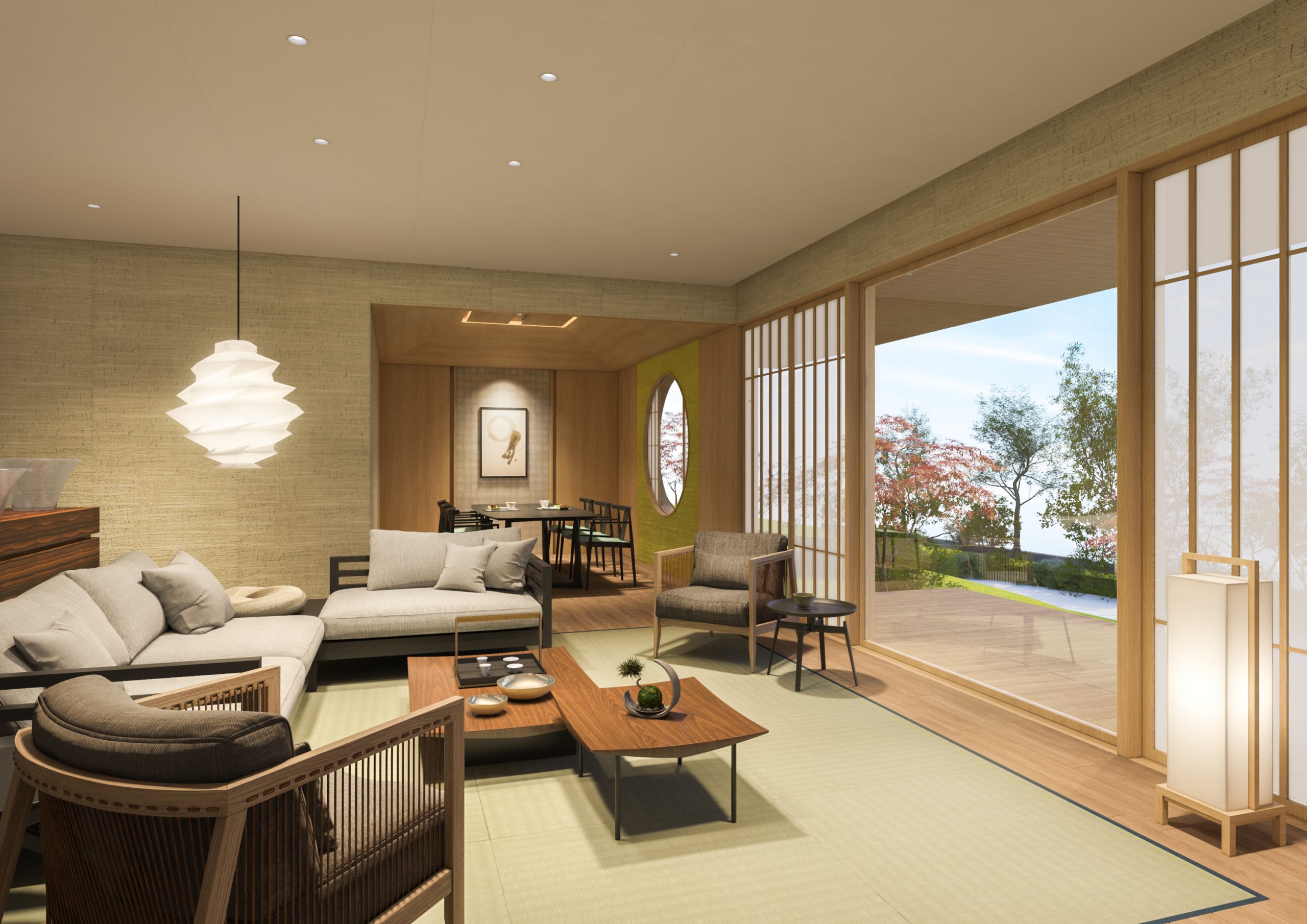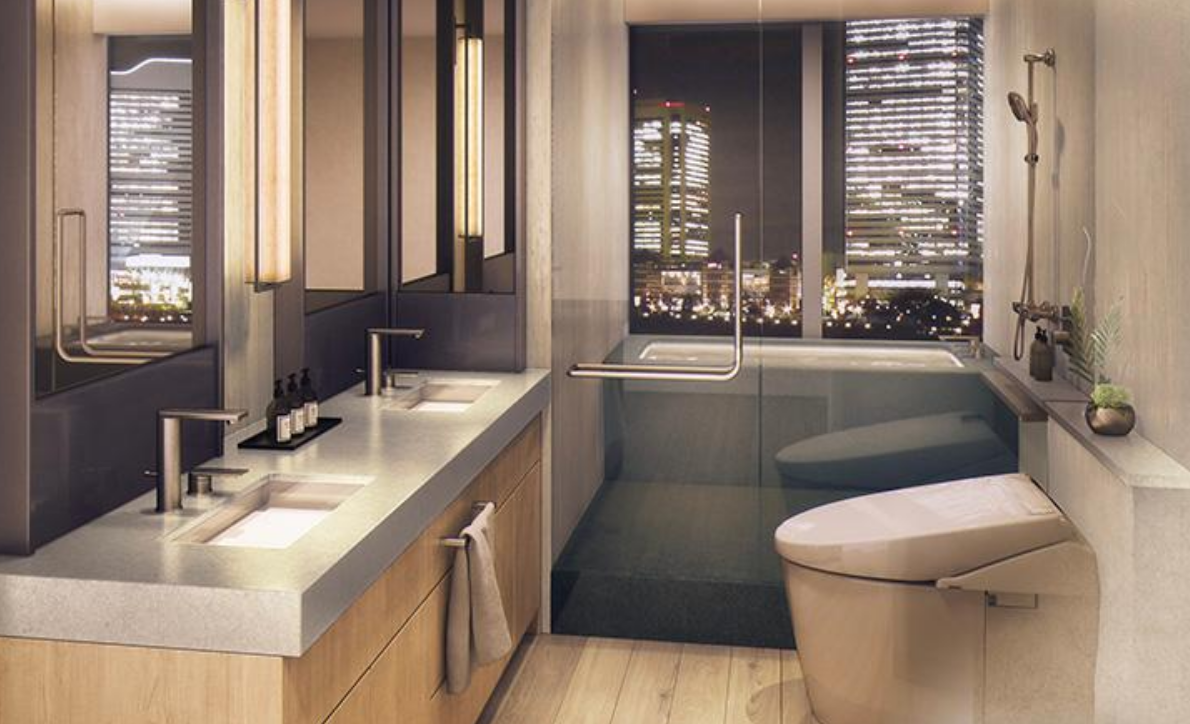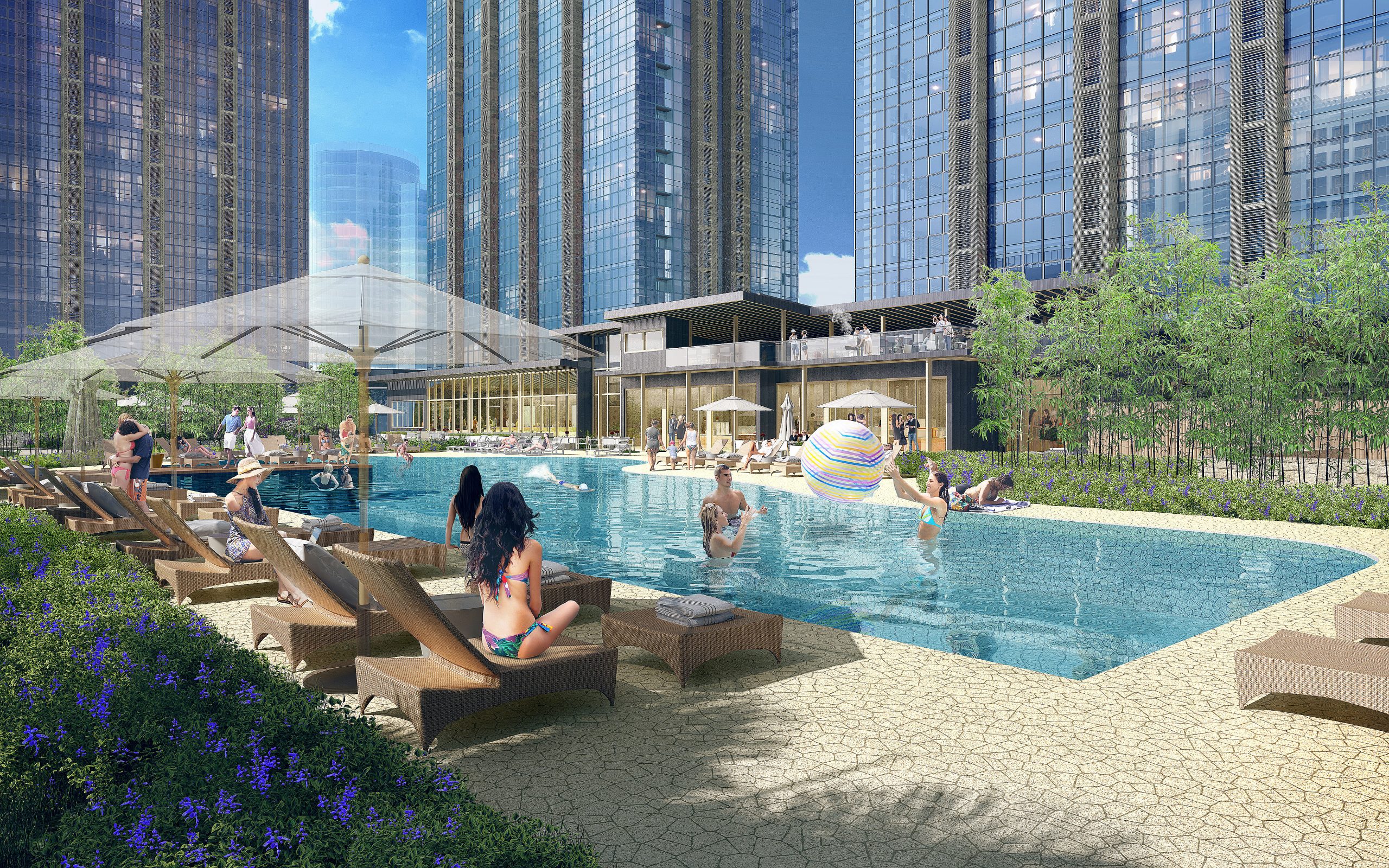Nomura Real Estate Development’s Atsushi Ogata, executive officer for international residential development, looks out of the conference room window of Nomura headquarters in Shinjuku, Tokyo. Below him, spread across this district and the greater Tokyo area, are residential projects developed by Nomura, one of Japan’s biggest developers of residential condos and detached homes since the 1950s.
You can’t get any more Japanese than Shinjuku with its mix of residential, business, entertainment and shopping areas. Nor can you get any more Japanese than Nomura, which is building the Athletes’ Village for the Tokyo Olympics in 2020.
The Japanese way of life and way of living at home — with its emphasis on technology, quiet elegance in its design and every conceivable convenience for homeowners — are coming to Manila in The Seasons Residences, a joint venture between leading real estate developer Federal Land, Nomura and Isetan Mitsukoshi Holdings, which owns Mitsukoshi, Japan’s oldest department store founded in 1673.

Located in Federal Land’s 10-hectare integrated-use Grand Central Park development in Fort Bonifacio, The Seasons is a four-tower development with Mitsukoshi Mall in its podium. The four towers are named after the four seasons of Japan: Haru (spring), Natsu (summer), Aki (autumn) and Fuyu (winter) with Haru being the first to be completed, in 2023. They also vary in height, ranging from 41 to 50 stories.
“Today’s property buyers demand homes that truly reflect their lifestyles, and we are collaborating with Nomura and Isetan Mitsukoshi to make The Seasons Residences a premier and aspirational address for discerning home buyers and investors,” Federal Land chairman Alfred Ty said in a previous interview.
Ogata says the joint venture with Federal Land was largely due to the two companies’ “similar philosophy in real estate development and that GT Capital, the holding company of Federal Land, has a lot of experience working with Japanese companies so they know how we work.” (GT has majority ownership of Toyota Motors Philippines while Federal Land built Grand Hyatt in partnership with the Oryx Group of Japan.)

“Also, Alfred Ty has built very good projects in the Philippines. Federal Land makes good buildings; it’s not just about profit. We have a similar philosophy in Nomura,” he says.
The Seasons is Nomura’s first project in the Philippines. The project is 60 percent Federal Land and 20 percent Nomura and 20 percent Mitsukoshi.
Ogata adds that The Seasons is part of Nomura’s international strategy and the company is looking to invest $2.5 billion in joint ventures overseas in the next 10 years.
“The Philippines is a growing country with a young population; Japan has a decreasing and aging population. Our average age is 45 and yours is 23. Also, we have very similar cultures and Japanese people are comfortable when we go to the Philippines. So we see that we have a lot of opportunities in the Philippines.”
JAPANESE TECHNOLOGY & DESIGN
Given that Japan is a country prone to earthquakes, the country’s anti-earthquake building regulations are very strict, so its industries have pioneered technology to reduce the effects of an earthquake on high-rise buildings.
Federal Land and Nomura looked at the fault lines running through Metro Manila during The Seasons’ design stage and decided to use Viscoelastic dampers (VCDs), a vibration-control technology employed in many skyscrapers in Japan and in Taipei 101, to reduce the “swaying” of a building in an earthquake.
Dampers dissipate or help to suppress wind- and earthquake-induced motion of a building structure and are mounted below and at mid-level of tall buildings by increasing their ability to absorb the energy by 25 percent.
Ogata says that some buildings in Japan are designed to intentionally sway by as much as two meters during a high-intensity earthquake. Dampers reduce the need for such a wide sway and at the same time keep the building safe.
“What we’re putting in The Seasons is the latest, but this technology has been around Japan for 10 years,” says Ogata.
The Seasons was designed by Nikken Sekkei, “the largest and most famous architect in Japan,” according to Ogata.
Federal Land project director Sophia Nuñez says, “We went to Japan and we looked at architects and their projects and then we decided jointly on Nikken Sekkei. Of course we valued the opinion of our Japanese partners because they knew what would make for the best fit.”
The Seasons reflects Japanese architecture typified by tradition, modernity and efficiency while the interiors feature Japanese elements throughout.
When we visit a Nomura project in Tokyo’s Mushashi area, we see the efficiency in the details such as door stoppers that lock and spring back when you push them with your shoe, shoe cabinets at the entrance and kitchen sinks that double as prep area with a slide of a cover that’s a chopping board.
I ask out loud, “Why do the Japanese think of everything?”
Nomura’s Kazumasa Nishida, who is giving us the tour, laughs and replies, “So that the rest of the world doesn’t have to think too much.”
Joking aside, Japanese design, rooted in centuries of Zen tradition, has caught the world’s imagination, especially Filipinos’.

Japanese storage solutions let homeowners organize their belongings starting with a shoe cabinet by the foyer, kitchen floor storage and cabinets and bedroom closets. The kitchen is also fitted with a rangehood featuring Japanese oil filter technology to capture smoke and odor and has an advanced oil-collecting system. There are also “air-washing tiles” that minimize excessive humidity, bad odors, and harmful substances in the air.
The units will also feature Japanese toilet technology. Toto, the world’s largest toilet manufacturer and known for their washlets, will be used in The Seasons. In some units of the first tower Haru, the toilet seats are equipped with automated deodorizers that eliminate odors as well as soft-closing seat with varied temperature settings. The washlet also cleans itself with a mist function before each use. The water spray wand is self-sanitizing before and after every use. All the functions are controlled via a wireless remote with an illuminated touch pad.
Secondary bathrooms and smaller units have an ecowasher, a toilet seat with a bidet that does not need electricity to function. The ecowasher has a fully retractable nozzle for complete hygiene and a knob that lets the user adjust the water pressure.
For energy conservation, select common areas will have motion sensor lighting.
AMENITIES & FEATURES
Also inspired by the four seasons of Japan, the amenities are categorized into Active Spring, which includes a modern gym and a Zen garden surrounded by lush landscaping; Breezy Summer for the swimming pools, a karaoke room, function rooms and a game room; Creative Autumn for the music room, study room, reading lounge and business center; and Dreamy Winter which includes a spa and dry garden.
A unique amenity in The Seasons is The Guest House, located on the amenity deck. It is inspired by traditional Japanese architecture elements such as sliding paper doors and tatami mat, and like a guest suite, it “will be made available for lease to relatives and friends of residents so that they, too, can experience the kind of lifestyle that The Seasons Residences homeowners experience.”
* * *
For more information about The Seasons Residences, call the hotline at 359-6756, email digital.mktg@federalland.ph, or visit the showroom at 7th Ave cor. 34th St, Grand Central Park, North BGC, Taguig City (across the Lexus Manila showroom).
Visit the author’s travel blog at www.findingmyway.net. Follow her on Twitter and Instagram @iamtanyalara.

